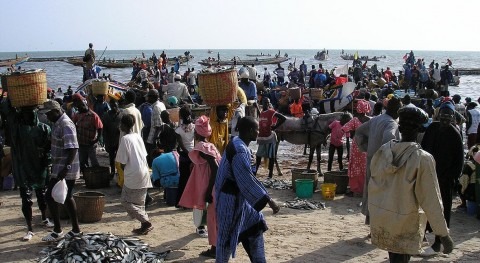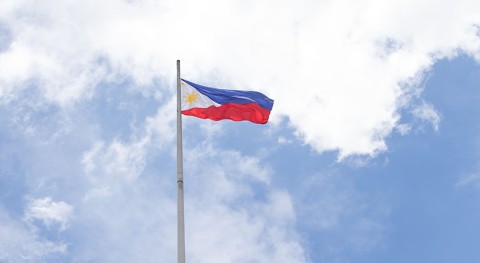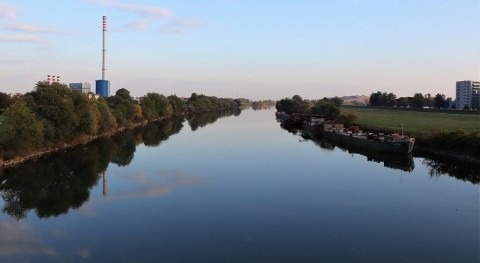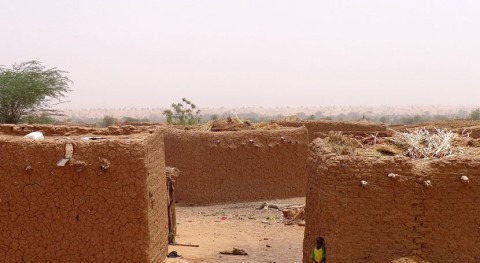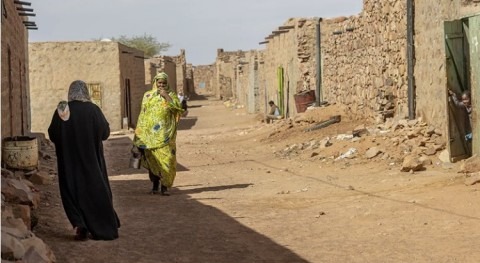Millions of households fail to benefit from sanitation investments because not enough sewerage infrastructure connects directly to households, according to a World Bank report released on World Toilet Day under the auspices of the Bank’s Citywide Inclusive Sanitation (CWIS) initiative.
The report, Connecting the Unconnected, examines why so many households that are near sewer lines and could feasibly connect still get left behind and remain unconnected to existing or new sewer networks despite growing investments in the trunk infrastructure. The report finds that a combination of a lack of information from service providers about the importance of connecting, people’s inability to pay the sewer connection fee or subsequent monthly bills, and social norms that work against change, serve as barriers that discourage households from connecting to sewer lines that often pass right in front of their homes.
The report calls for a new approach with a stronger focus on the specific circumstances of individual families, increased community engagement, and eliminating the bottlenecks that mean households fail to connect to sewer systems despite their proximity. Progress with sewer connections matters because the safe removal of wastewater is a key ingredient in the physical and economic wellbeing of communities and the environmental health of towns, and cities.
“We see that, even where trunk sewers exist, low connection rates exacerbate poor public health, suppressed economic productivity, and lost opportunities for tourism and recreation,” said Jennifer Sara, the World Bank’s Global Director for Water. “Access to safely managed sanitation reduces the risk of illnesses such as diarrhea and helps cities thrive. Where sewers are part of the mix of sanitation services in a city, policy makers should pay just as much attention to ‘the last meters’ as ‘the last mile’ to ensure low-income and vulnerable people are also connected.”
The report shows that most unconnected households are poor, and do not have the information they need to connect. For example, across Argentina, El Salvador, Guatemala, Honduras, Mexico, Nicaragua and Uruguay, access rates are more than 40% lower for the poorest fifth of the population than the richest fifth. Households that can connect often don’t – 34 percent of Peruvian households don’t connect to sewer lines near their homes. And well-designed connection programs matter – in Tamil Nadu, India, about 1.5 million households are now serviced by sewers as a result of successful connection programs.
In many contexts, service providers offer little guidance, or guidance that is unclear or unhelpful, and people lack awareness of the opportunities and implications of having a household sewerage connection. More than a quarter of urban residents in Latin America and the Caribbean are still not connected, even though many households are within a few meters of an existing sewer line.
"Sewerage programs have previously focused too much on the pipes and not enough on the people,” said Martin Gambrill, World Bank Lead Water Supply and Sanitation Specialist and one of the report’s lead authors. “The sector needs to engage communities to better understand the social, financial and technical bottlenecks that prevent them from connecting, and we need to draw on good practice approaches from around the world when designing new connection programs.”
Connecting the Unconnected outlines considerations for successful sewerage connection programs. It provides an overview and lessons from global experiences to identify the social, financial and technical elements that can help maximize connections to sewers, particularly for low-income households. The report also encourages decision-makers to ensure effective and coordinated policy, implemented through resilient and responsive institutions, and with clear and transparent regulations.
It is released under the auspices of Citywide Inclusive Sanitation (CWIS) initiative, which aims to shift the urban sanitation paradigm to focus on the whole sanitation service chain and access for all, especially the poor, and promotes a range of solutions - both onsite and sewered, centralized or decentralized—tailored to the realities of the world's burgeoning cities. CWIS focuses on service provision and its enabling environment rather than on just building infrastructure. Where sewers are indeed used as part of a city’s response to urban sanitation, a reoccurring challenge is commonly found: despite their proximity to trunk sewerage infrastructure, too many households choose not to connect to the sewers for various social, economic or other related reasons.







